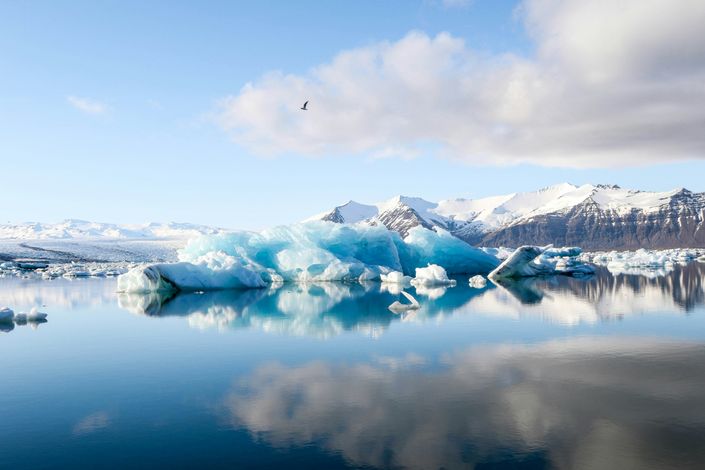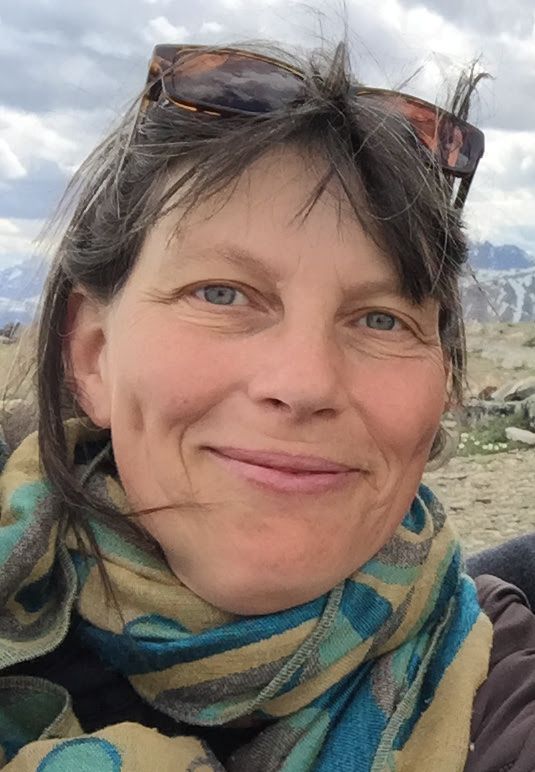
Warm Water from Arctic Dams: a Climate Blindspot and Opportunity
With Ali Bin Shahid, Cliff Krolick, and Didi Pershouse 11/11 at 11 AM EST!
Enroll in Course
Join us November 11th, at 11 AM EST
for our online Mini Workshop
(Click here to see this in your time zone)
Climate on the planet is influenced by many living processes in land, sea, and sky, and humans have influenced nearly all of these processes. However, certain regions have been changed so radically by human projects, that the effects are compounding and cascading. If we focus our efforts on these places, as trigger points or "nodal interventions," we will have a far greater effect, as we work to restore a living climate.
The Arctic is one of those regions. Arctic mega-dams now release warm water during the winter into frozen landscapes. This melts ice and snow, creates heat-trapping fog, and warms oceans.
These water releases have dramatically changed air and water temperatures and precipitation in measurable ways, which then impact global weather through shifts in ocean currents and planetary airflows. The dams also hold back essential nutrients from ocean ecosystems--nutrients that we now know are key to biodiverse food webs, carbon cycling, mixing of ocean layers, cloud formation, and other key aspects of climate and life.
These effects of the changes in river flows are a "blind spot" in climate science, rarely talked about or modeled, even though these mega-dams were actually designed (in part) specifically to help thaw the soils and change the weather in far North regions like Siberia.
Blind spots are also opportunities: Through understanding and acting on this issue, we have a unique opportunity to shift the climate and restore ecosystems. What do we know? And what options are there for addressing it?
We will be joined by two people who have become important voices in revealing the effects of these dams. We will hear from them and then we will have deep strategic conversation with everyone attending.
Ali works with multidisciplinary teams to pair simple field work with rigorous assurance. On the ground you will see infiltration pits, riparian corridors, and wetland fingers. On the screen you will see digital twins and physics-aware models wired to trigger-point frameworks, so stakeholders can test options before they spend. He works with Ten Lives on regenerative festival terrains, and co founded PSKL Water for All to accelerate small water cycle repair at project scale. He documents methods in on his bestselling Substack Regenesis, turning field trials into repeatable playbooks.

Cliff Krolick has spent three years in research and educational presentations for the North American Megadam Resistance Alliance (NAMRA), is on the steering committee of the New England Canadian Provinces Alliance (NECAPA) and was instrumental in forming NARDA ( North American River and Dams Alliance). Cliff's work evolved from the late Hans Neu, (who was head of the Bedford Institute of Oceanography from 1964-1984) and from Stephen Kasprzak, (author of Arctic Blue Deserts, and a prolific investigator who also followed the existing work of Hans Neu.) Cliff is also a lifelong organic gardener, and has worked for 50 years as a self-taught creative architect/builder in all aspects of home construction.

Your Instructor

Didi Pershouse is well known as an innovative international educator both in-person and online. She is the founder of the Land and Leadership Initiative. Her facilitator's guide Understanding Soil Health and Watershed Function is used in over 90 countries.
She became deeply involved in the intersection of food systems and health systems while providing rural health care for two decades at The Center for Sustainable Medicine, and wrote The Ecology of Care: Medicine, Agriculture, Money, and the Quiet Power of Human and Microbial Communities.
She has written a field training manual for the UN-FAO Farmer Field School Program and the Andhra Pradesh Community Managed Natural Farming Initiative in India, involving over 1,000,000 smallholder farmers. She was a contributing author to The Climate Emergency: How Africa Can Survive and Thrive; Climate Change and Creation Care; and Health in the Anthropocene. She was one of five speakers at the United Nations-FAO World Soil Day in 2017.
She serves on the Planning Commission for her town, is a board supervisor for the White River Natural Resources Conservation District, and is on the board of directors of Regenerate Earth, Soil Carbon Coalition and the Vermont Healthy Soils Coalition. While serving on the state appointed Payment for Ecosystem Services and Soil Health Working Group, she helped to reorient the program back to its public roots. She led a successful effort to conserve the Zebedee Headwaters Wetland while serving as a Vermont Conservation Commissioner.
She is on the Vision Council of the Global Earth Repair Convergence, and a member of the Ecosystem Restoration Alliance. She is a lineage member of the Change Agent Development Community (stewarded by Carol Sanford), and is seeding new communities of practice in a Wisdom tradition that uses living systems thinking.
